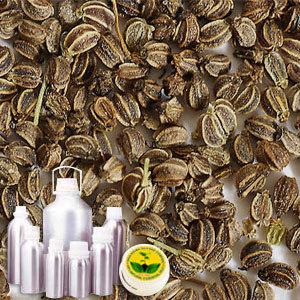Botonical Name | : | Apium graveolens | |
CAS # | : | 8015-90-5 | |
Country of Origin | : | India | |
Color & Odor | : | yellowish to brown clear liquid with fresh herbal green phenolic woody odor | |
Solubility | : | Soluble in alcohol and oils, Insoluble in water | |
Specific Gravity | : | 0.840 – 0.890 @ 25°C | |
Optical Rotation | : | +47 to +77 | |
Refractive Index | : | 1.480 - 1.484 @ 20 °C | |
Flash Point | : | >100°C | |
Plant Part Used | : | Seeds | |
Extraction Method | : | Steam Distillation |
DESCRIPTION:
A crunchy biennial plant, 'Celery' is a herb in the Apiaceae family, which has been cultivated for centuries in various forms. The Celery oil is primarily cultivated for its medicinal properties but now it has become the part of daily diet of consumers around the world.CONSTITUENTS:
Celery oil is dominated by terpenes, mostly limonene (70 to 80%) and the sesquiterpenes ß-selinene (10%) and humuleneAROMATIC SUMMARY / NOTE / STRENGTH OF AROMA:
A medium note with a medium aroma, Celery Seed Essential Oil has a warm, fresh and spicy scent.BLENDS WITH:
Apiol, androstenone.COMMON NAMES:
Celeriac, crisp stalks, seedsUSES:
The volatile oil of celery is used in making of perfumes and in pharmaceutical industries. Also, all parts of a celery plant are edible and usable including the root.


































